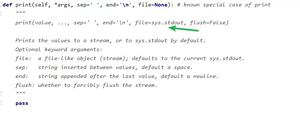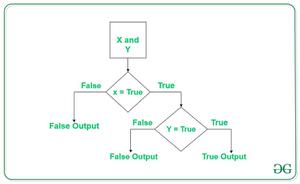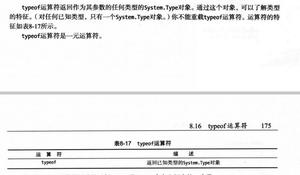==和is之间的区别是python中的运算符。
is和equals(==)运算符大致相同,但不相同。is运算符定义两个变量是否都指向同一对象,而==符号检查两个变量的值是否相同。
范例程式码
# Python program to# illustrate the
# difference between
# == and is operator
# [] is an empty list
list1 = []
list2 = []
list3=list1
if (list1 == list2):
print("True")
else:
print("False")
if (list1 is list2):
print("True")
else:
print("False")
if (list1 is list3):
print("True")
else:
print("False")
输出结果
TrueFalse
True
以上是 ==和is之间的区别是python中的运算符。 的全部内容, 来源链接: utcz.com/z/331495.html







